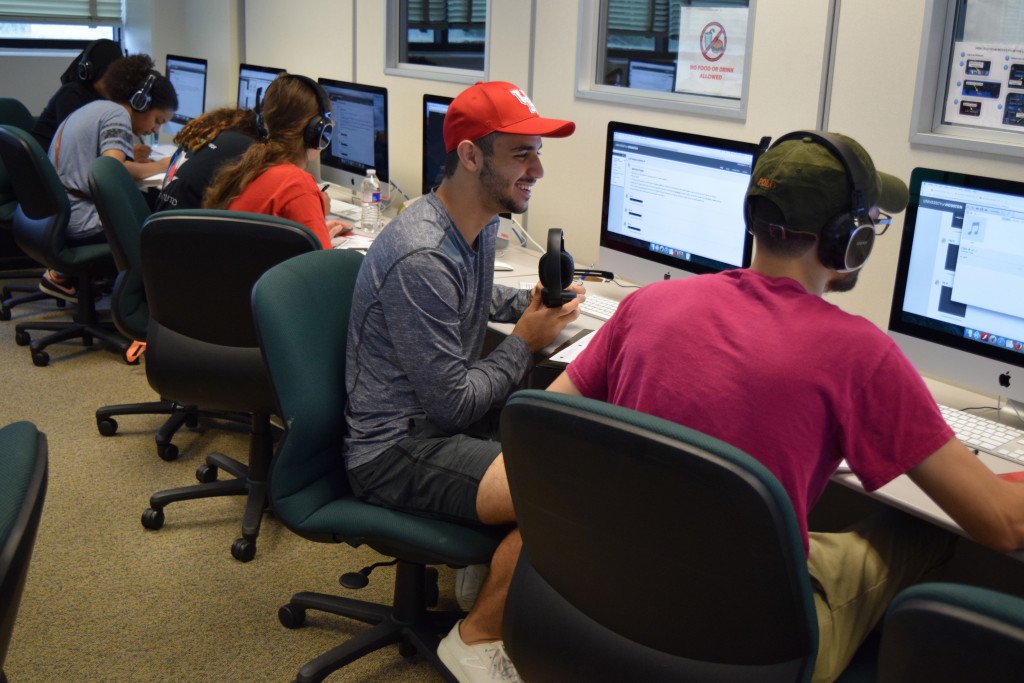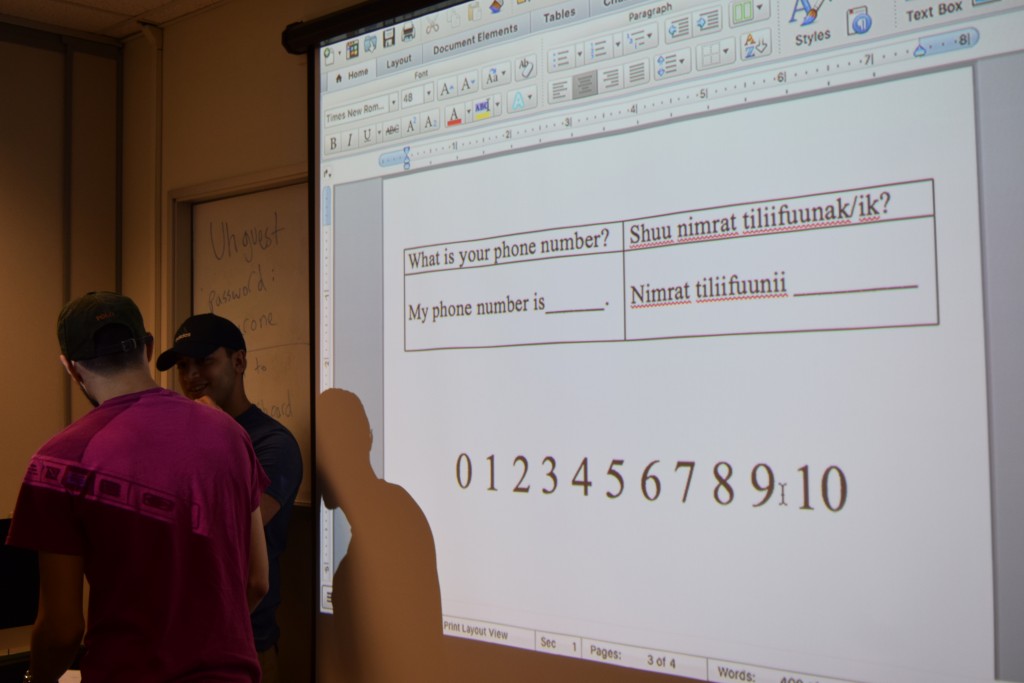This is the fourth installment of a monthly series showcasing innovative teaching practices in the Department of Hispanic Studies and the Department of Modern and Classical Languages.
Michael Fares, Instructional Assistant Professor of Arabic in the Department of Modern & Classical Languages (and nominee for the 2016 UH CLASS Ross M. Lence Teaching Excellence Award), is in the spotlight this month with a lesson plan that uses authentic media to activate students’ listening skills. His ARAB 1501 (Beginning Arabic 1) students did the activity in their second week of the semester, meaning they were almost complete beginners with only a week’s worth of Arabic vocabulary under their belts. In this lesson, students are able to recognize and comprehend key information in an authentic sample of Arabic intended for native speakers. By using authentic language in the earliest stages of language acquisition, learners see that they can already have a meaningful interaction with an authentic Arabic text.
About the Activity
Mr. Fares set the following objectives for his Arabic phone number activity:
- Students will practice counting to 10 in Arabic
- Students will practice asking for and exchanging phone numbers with classmates in Arabic
- Students will listen to authentic clips of Arabic radio/television call-in programs for the following key information including the phone number mentioned in the clip as well as familiar vocabulary and expressions.
For this activity, the class meets in one of the computer classrooms at the Language Commons, which is equipped with 30 Mac computers with headphones. First, Mr. Fares starts with a review of the numbers 1-10 in Arabic, followed by an introduction of two phrases needed for the activity: What is your phone number? and My phone number is… Students activate these phrases by circulating and exchanging this information with as many of their classmates as they can in the time allotted.
Next, students pair up and listen to three audio clips that contain phone numbers. To prepare for this portion of the lesson, Mr. Fares spent approximately two hours searching for YouTube videos in Arabic that would be accessible to the students. Once he found three suitable clips, he then shortened each clip to about 10 seconds in length (in order to avoid overwhelming the learners) using the free audio editing program Audacity. He posted the edited audio files to the ARAB 1501 Blackboard course site so students could conveniently access and stream them during class, listening as many times as they needed.
Clip 1: Arabic version of Who Wants to Be a Millionaire?
Clip 2:BBC Arabic news call-in program
Clip 3: Travel agency advertisement
For each clip (students were required to do at least one, but could do more if they had time), the students had to complete the following tasks:
- Hear and transcribe the phone number
- Recognize and repeat any common greetings [Learned on the first day of class]
- Recognize any names of Arabic countries or cities [Learned on the second day of class]
- Make an educated guess as to what type of program they are hearing. Is it a news call-in show? An advertisement? A radio talk-show? A game show?
After completing the tasks in pairs, Mr. Fares led the whole class in a review of the activity, filling in comprehension gaps as necessary.
Learning Outcomes
Mr. Fares observed that students were engaged and able to complete the tasks successfully. Students realized that they could already comprehend key information in Arabic, even with their limited beginner-level vocabulary. Some were even able to notice subtle differences in the pronunciation of numbers, which led to a conversation about dialect variation in Arabic – a key theme of the course overall.


